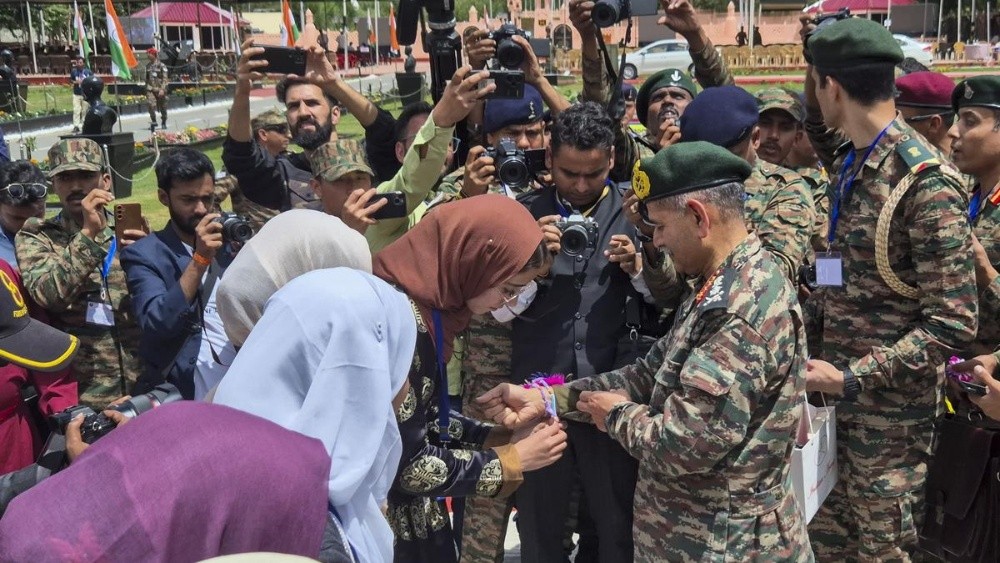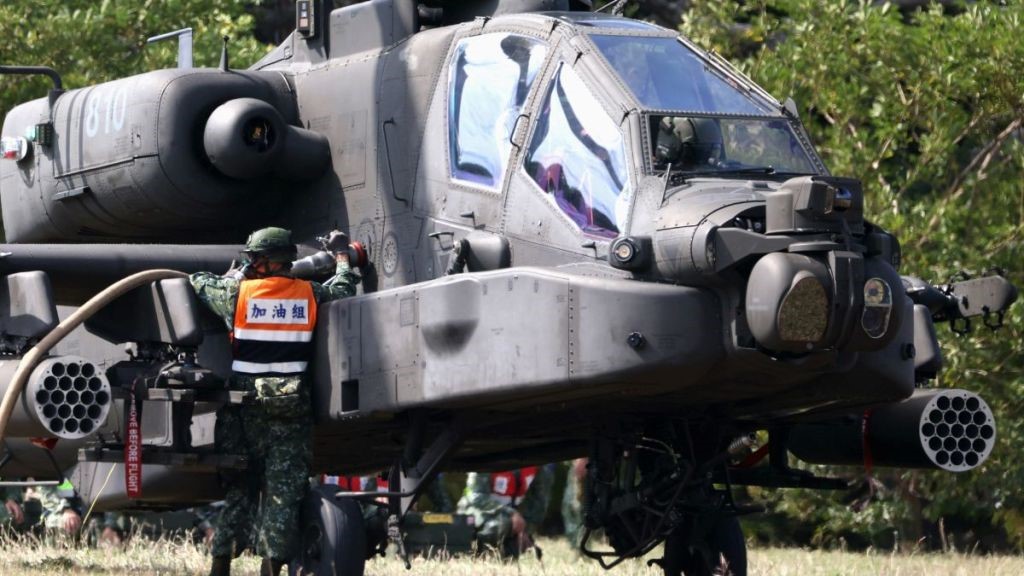Description
Disclaimer: Copyright infringement not intended.
Context:
As many as 179 people were killed when Jeju Air flight 7C2216 made a belly-landing overran the runway, smashed into the perimeter fence and burst into flames at the Muan International Airport in South Korea.
About Belly Landing:
- It is also known as gear landing.
- It is an emergency landing technique that involves landing the aircraft without extending the landing gear.
- It is the last resort for pilots who cannot launch the landing gear due to a technical or mechanical failure.
- Belly landings are risky and should only be done in an emergency. This results in significant damage to the aircraft, its engines, and wings when the aircraft skids to a stop and can cause injury to those on board.
- Friction caused by an aircraft skidding on a runway can also create sparks or lead to a fire.
The technique behind it:
- Leveling: The aircraft must touch the wings absolutely parallel to the ground to avoid overturning or breaking up.
- Controlled descent: The speed and angle of descent are carefully controlled to minimize impact forces.
- Flap Control: Modifications to flaps, slats, and other aerodynamic surfaces ensure that the aircraft does not stall when approaching at lower speeds.
- Braking Systems: Uses drag, thrust reversers, and wheel brakes (if functional) to stop the aircraft.
The cockpit crew decides to land the aircraft on its belly in the following situations:
- The chassis cannot be mounted.
- The stricken plane cannot reach the airport and lands in a field. A pilot considers skidding and stalling the aircraft to be safer than landing on wheels.
- Ditch: when an aircraft makes an emergency landing on water.
- In any other situation, the pilot considers belly landing safer than wheel landing.
Other aviation terminology:
- Long and fast landing: When an aircraft touches down beyond the designated touchdown zone on a runway at a speed exceeding safe limits, with insufficient runway length to stop.
- Slats: High-lift devices located on the leading edge of the wing to increase lift during low-speed operations such as takeoff and landing.
- Flaps: Devices on the trailing edge of a wing that increases lift by changing the camber and surface area of the wing.
- Stand: A condition where an aircraft loses buoyancy and begins to descend rapidly, which is often compared to "dropping like a rock".
Source:
INDIAN EXPRESS
|
PRACTICE QUESTION
Q.With reference to belly landing, consider the following statements:
- Belly landing is an emergency landing technique where the aircraft lands without extending the landing gear.
- It is a routine procedure used during regular aircraft operations to reduce runway friction.
- Friction caused by belly landings can lead to sparks or fire.
Which of the statements given above is/are correct?
(a) 1 and 2 only
(b) 1 and 3 only
(c) 2 and 3 only
(d) 1, 2, and 3
Answer: b
Explanation:
Statement 1 is correct: Belly landing is an emergency landing technique where the aircraft lands without extending the landing gear.
Statement 2 is incorrect: Belly landing is not a routine procedure; it is used only in emergencies.
Statement 3 is correct: Friction caused by the aircraft skidding on a runway during a belly landing can create sparks or lead to a fire.
|















